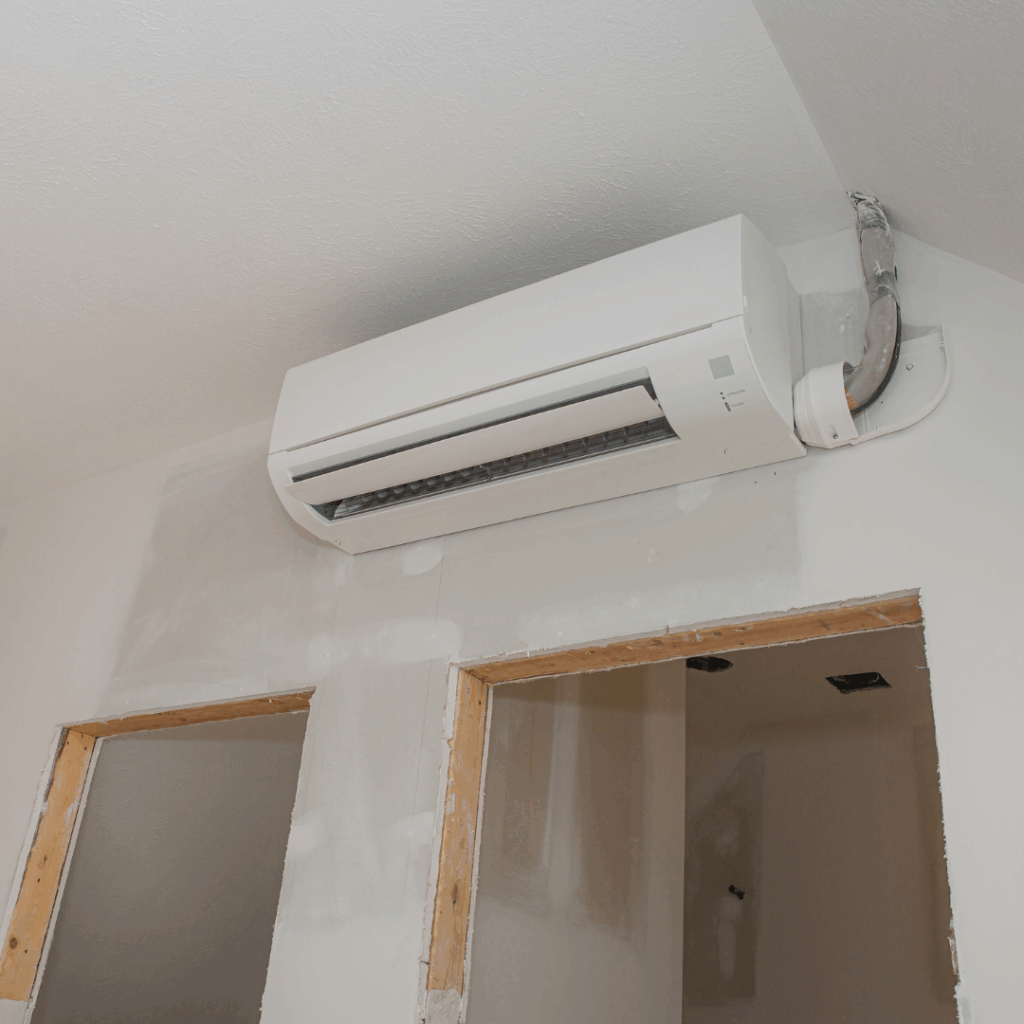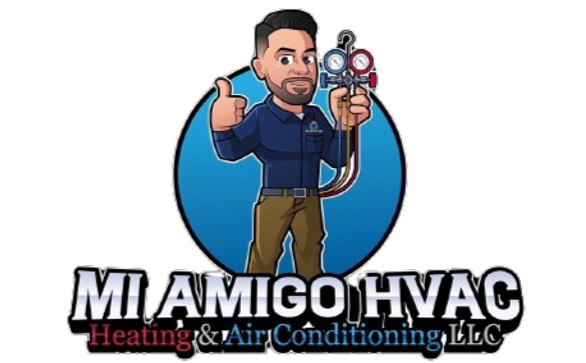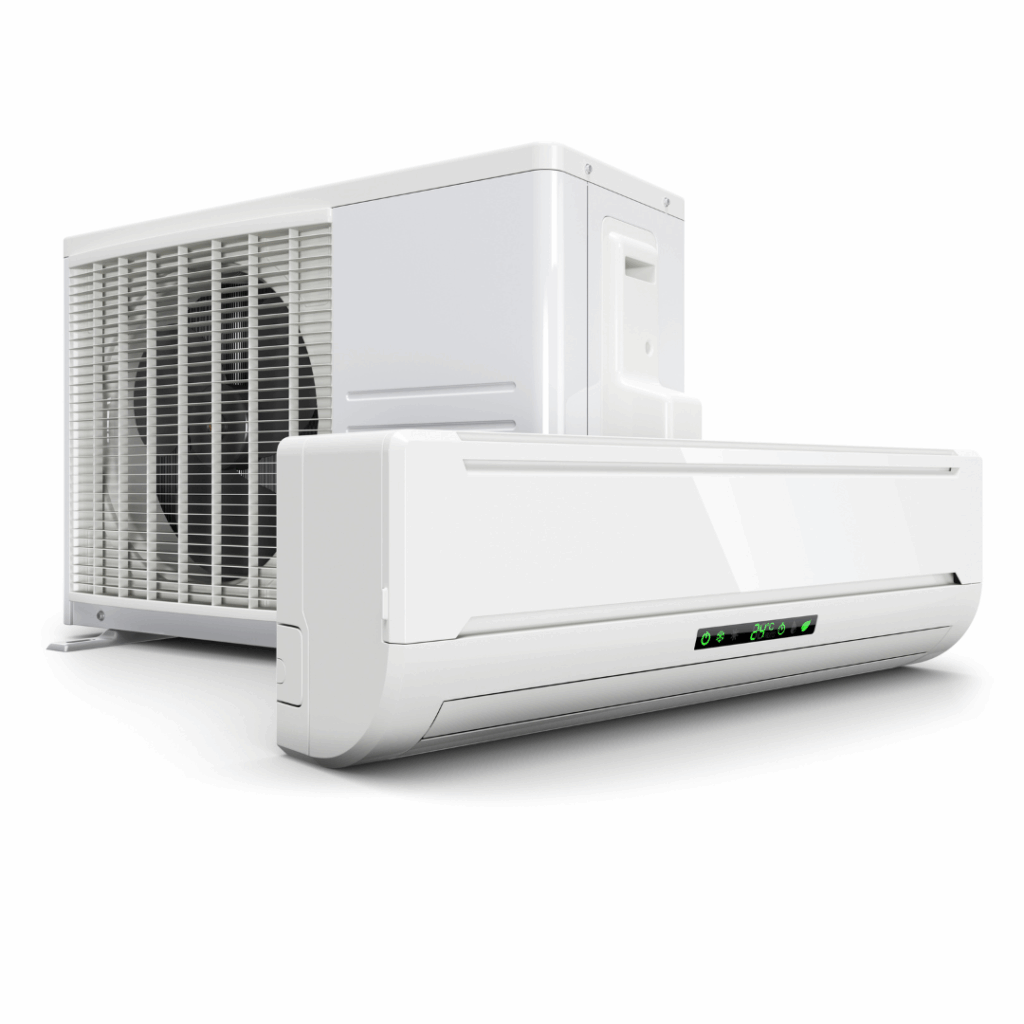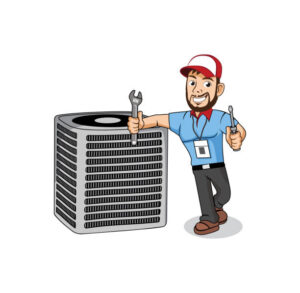A mini-split system is a compact and efficient way to heat and cool your home. This type of HVAC system is becoming more common in Surprise, AZ, and nearby areas. Many homeowners contact their trusted HVAC company, like Mi Amigo Heating & Cooling, to explore this option for comfort and energy efficiency.

What Is a Mini-Split System?
A mini-split system, also known as a ductless system, consists of two main parts: an indoor air-handling unit and an outdoor compressor. Specifically*, the two components are connected by a small conduit that houses the power cable, refrigerant tubing, and condensate drain.
Unlike traditional central HVAC systems, mini-splits don’t require ductwork. This makes them perfect for older homes, room additions, or spaces where running ducts is challenging.
The Pros of Mini-Split Systems
Energy Efficiency
One of the biggest advantages of a mini split system is energy efficiency. Because there are no ducts, you avoid the energy loss that often happens in ducted HVAC systems. The U.S. Department of Energy reports that ducts can lose up to 30% of conditioned air due to leaks or poor insulation. With a ductless system, all that cooled or heated air goes directly where you need it.
In the Arizona climate, this efficiency can lead to noticeable savings on your energy bills, especially during hot Surprise summers.
Zoned Comfort Control
Mini-split systems allow you to create temperature zones throughout your home. Each indoor unit operates independently, meaning you can cool one room while keeping another warmer. This feature is ideal for families who prefer different temperatures or for rooms that get more sunlight.
It’s a practical way to maintain comfort without wasting energy on unused spaces.
Easy Installation
Installing a mini-split system is faster and less invasive than traditional HVAC installations. Moreover, since there’s no ductwork, your HVAC company can usually complete the job in a day or two. Additionally, the outdoor unit connects to the indoor unit through a small wall opening, thereby reducing disruption to your home.
For homeowners, this means less mess and a quicker return to comfort.
Quiet Operation
Mini-split systems operate quietly, much quieter than window units or older HVAC systems. The noisy compressor stays outside, and the indoor air handlers are designed for minimal sound. This makes mini-splits perfect for bedrooms, home offices, or media rooms where peace and quiet matter.
Better Indoor Air Quality
Ducts can collect dust, pollen, and other allergens. Since mini splits don’t rely on ducts, the air circulating in your home stays cleaner. Plus, the filters in mini split systems are easy to remove and clean, making maintenance simple.
For allergy sufferers in the Phoenix and Surprise areas, that can be a major advantage.
The Cons of Mini-Split Systems
Upfront Cost
One downside of a mini split system is the initial cost. In contrast, while installation is simpler, the units themselves are typically more expensive than traditional HVAC systems. Nevertheless, this cost can be offset by long-term energy savings and lower monthly utility bills.
Mi Amigo Heating & Cooling often helps customers weigh upfront expenses against ongoing savings to find the best solution.
Appearance
Some homeowners don’t like the look of the indoor units. In contrast, unlike vents that blend into ceilings or walls, mini-split air handlers are visible. Furthermore, although manufacturers now offer sleeker designs, the appearance may not appeal to everyone.
Your HVAC company can help you find a model and placement that complements your home’s design.
Regular Maintenance
Mini split systems require regular filter cleaning to maintain performance. Neglecting this can reduce efficiency and cause strain on the system. Fortunately, most homeowners find the cleaning process quick and simple, especially compared to maintaining ductwork.
Capacity Limitations
Mini split systems work best for small to medium-sized spaces or zoned homes. For larger properties, installing multiple indoor units can raise costs. An experienced HVAC company can assess your home’s layout and energy use to recommend the right setup.
When a Mini-Split System Makes Sense
Mini split systems are ideal for homes without existing ductwork; in addition, they are suitable for new additions or areas where temperature control varies. Furthermore, they also work well for garages, workshops, or guest rooms because extending ducts would be costly or impractical.
Where summers are long and hot, homeowners often install mini-splits to supplement their central HVAC system. This provides more flexibility and energy efficiency throughout the year.
Choosing the Right HVAC Company
Selecting the right installer is key to getting the most out of your mini split system. Professional installation ensures proper refrigerant levels, correct placement, and optimal airflow.
At Mi Amigo Heating & Cooling, we specialize in ductless mini split systems and full-service HVAC solutions across Surprise, Peoria, and Sun City, AZ. Our certified technicians handle everything from design to installation and maintenance, ensuring your home stays comfortable year-round.
Final Thoughts
A mini split system offers impressive comfort, energy efficiency, and flexibility; however, it’s not for every home. Therefore, understanding both the pros and cons helps you make an informed decision before investing.
If you’re considering a mini split system, contact Mi Amigo Heating & Cooling today. We’ll assess your home, discuss your options, and recommend the best system to fit your needs and budget.




